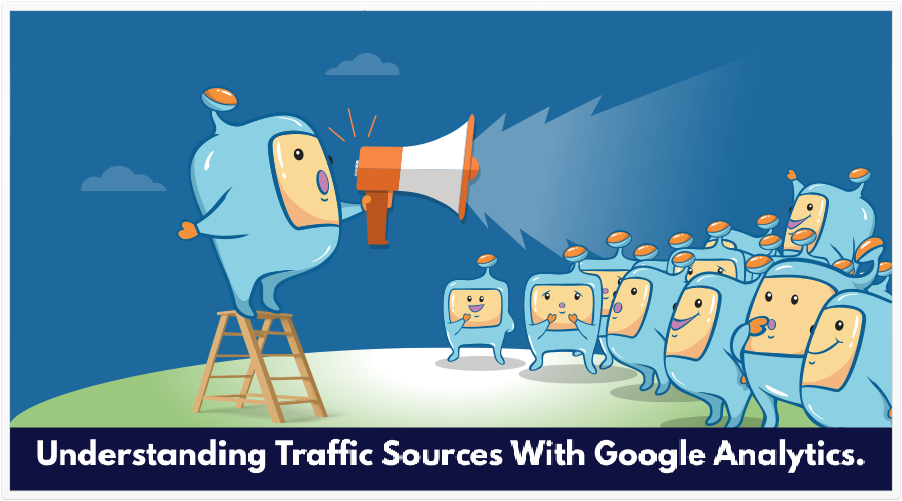
Google Analytics is not only for discovering what goes on with your site (or app), but also for learning how people arrive at your site.
Yesterday (September 7th, 2021), the Google Analytics Twitter channel had a tweet about this:
That tweet linked to an Analytics help article titled, [GA4] Understand traffic dimensions.
Why The Word Dimensions?
As I read the opening sentences of Understand traffic dimensions, I read that traffic dimensions include various aspects, or dimensions, pertaining to the visitor (user) and how they arrived at your site.
Just as we live in a 3-dimensional world (and some would say multi-dimensional world) of length, width, and height (or x,y, and z in geometry), I think the term traffic dimensions is analogous to how we understand the 3-D world.
It boils down to this: for each user who comes to your site or app, a number of variables, or dimensions, are measured. This helps give you a dimensional understanding of your traffic sources.
So, you’re not just seeing single-variable data points, but rather, data points such as source and medium, first and second session.
For example, let’s say that you have an affiliate program. Well, a single-variable data measurement might only tell you that a specific affiliate sent a visitor to your site.
With a more multi-dimensional approach, you have multiple variables: in addition to seeing that a specific affiliate sent a visitor to your site or app, you can also see the source (maybe that affiliate’s YouTube channel), and possibly keep track of the user.
For privacy, of course, you might not see the user’s personal information, but I’m sure Analytics will assign that user a unique ID.
And while we’re on the topic of privacy, since Analytics is a tracking platform, you may wish to ensure that your privacy policy reflects that. I can’t give you legal advice, so only consider what I said informational.
There’s also the campaign feature, which is something you can guess: it keeps track of which campaigns brought you which users.
And with channel grouping, you can use rules as criteria to help you define how specific traffic sources are measured.
If you’d like to get a more holistic understanding of your traffic sources, Google Analytics has what you need to get started. It may take time to learn, but only you can decide whether or not it’s worth it for you.
Source: Google Analytics Twitter channel